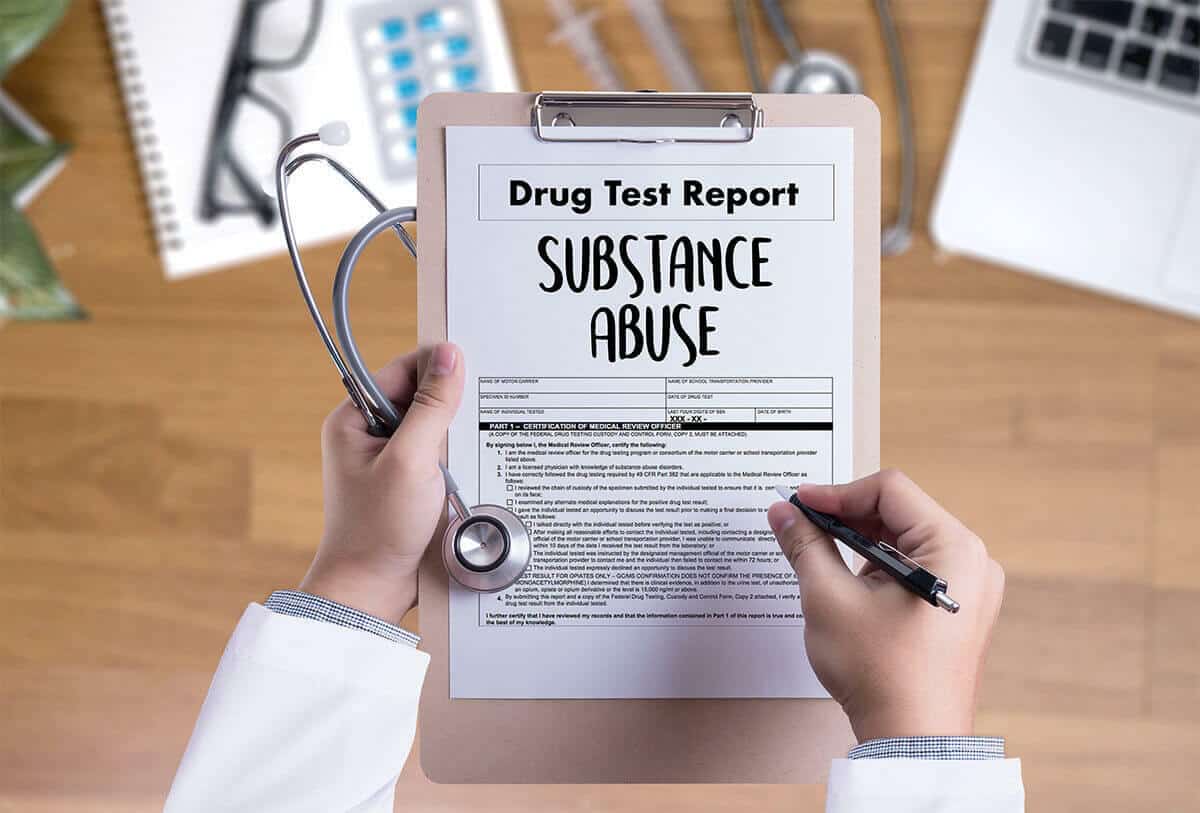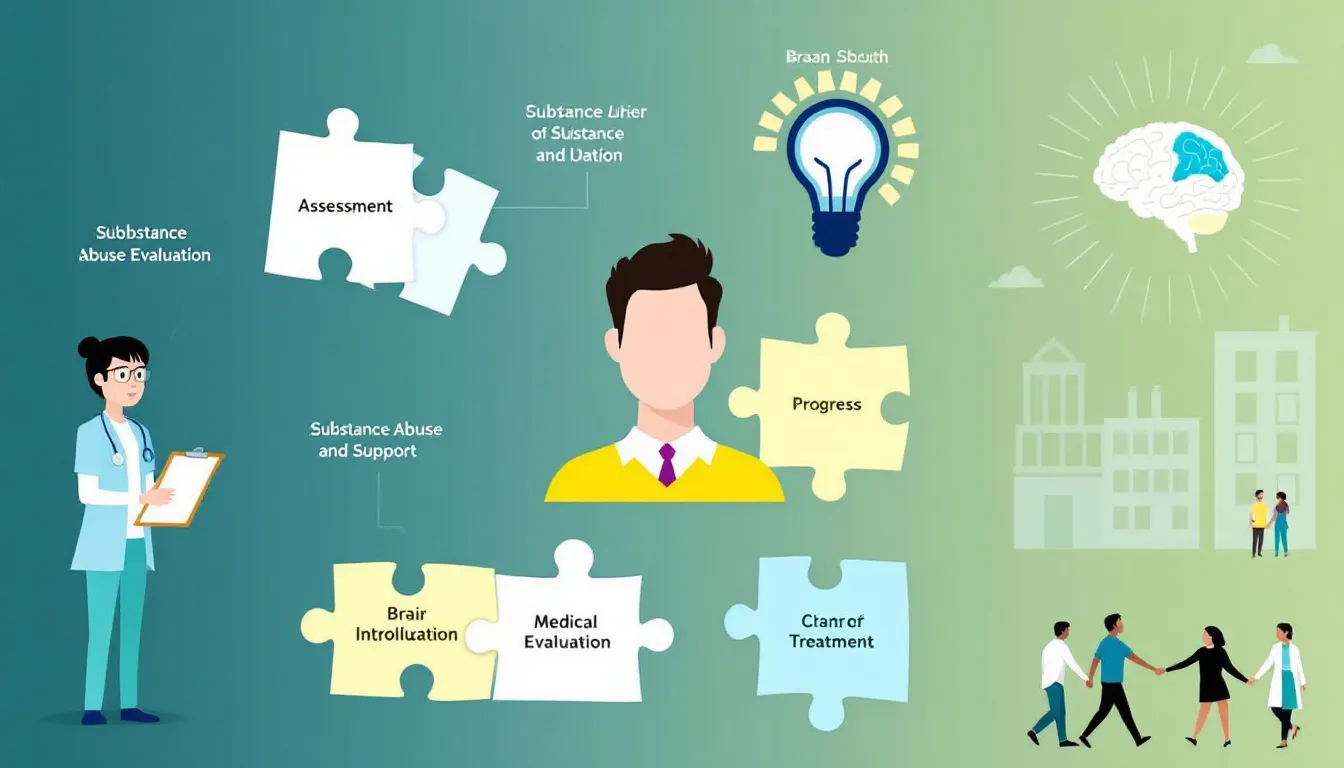Navigating a DOT (Department of Transportation) drug test violation can feel overwhelming, but you’re not alone. Whether you’re a driver, an employer, or anyone subject to DOT drug and alcohol testing regulations, understanding the violation process and how to resolve it is crucial. This guide will walk you through everything you need to know, from what constitutes a violation to how professional services can be your strongest ally.
What Is a DOT Drug Test Violation?
A DOT drug test violation occurs when an employee fails to meet the drug and alcohol testing requirements outlined in DOT regulations. These violations apply to all safety-sensitive employees—including CDL drivers, airline personnel, transit workers, and others working in regulated industries.
Common DOT Drug Test Violations
Here are the most frequently reported DOT violations:
- Positive Drug or Alcohol Test Results: Failing a test for prohibited substances or having a blood alcohol content (BAC) of 0.02 or higher while on duty.
- Refusing to Take a Test: Refusal can include anything from outright saying “no” to failing to appear for the test without a valid reason or tampering with a sample.
- Using Drugs or Alcohol on Duty: Consuming prohibited substances before or during work hours is a direct violation.
- Adulterated or Substituted Samples: If the lab finds that you’ve tried to tamper with the test result, it’s considered a violation.
Understanding the type of violation is the first step in resolving the situation.
Consequences of a DOT Drug Test Violation
DOT drug test violations have serious consequences—not just for employees but also for the companies they work for. Here’s what you can expect if there’s a violation:
For Employees
- Immediate Removal from Safety-Sensitive Work: Any safety-sensitive employee who violates DOT regulations will be immediately disqualified from their duties.
- Mandatory Return-to-Duty Process: To regain eligibility, you must complete this extensive process under the guidance of a DOT-qualified Substance Abuse Professional (SAP).
- Impact on Your Record: A DOT violation goes on your permanent record in the Federal Motor Carrier Safety Administration’s (FMCSA) Clearinghouse, affecting future job prospects.
For Employers
- Compliance Issues: Employers are required to take immediate action when an employee violates drug and alcohol testing regulations. Failure to comply can result in penalties or loss of DOT certification.
- Operational Disruptions: Losing a safety-sensitive employee can create staffing shortages and operational challenges.
The takeaway? Addressing a violation quickly and correctly is vital to minimizing disruptions and protecting your career or business.
Steps to Take After a Violation
After a DOT drug test violation, it’s essential to act immediately. Follow these steps to get back on track:
1. Understand the Violation
First, ensure you’re fully aware of the type of violation and its implications. This information will help you determine the next steps in resolving the issue.
2. Work With a Substance Abuse Professional (SAP)
A qualified SAP is your key to returning to safety-sensitive duties. They’ll guide you through the mandatory Return-to-Duty process, which includes substance abuse education, treatment recommendations, and follow-up testing requirements.
3. Complete the Return-to-Duty Process
After compliance with SAP recommendations, you’ll need to successfully pass a Return-to-Duty drug or alcohol test before resuming safety-sensitive work. Be prepared for ongoing follow-up testing over the next 12-60 months, as mandated by your SAP.
4. Clear Your Record in the FMCSA Clearinghouse
Your violation will be documented in the Clearinghouse. Once you’ve completed the Return-to-Duty process and follow-ups, your SAP will update your status, showing you’re eligible for employment.
5. Seek Professional Guidance
Navigating DOT drug test violations involves a lot of moving parts. Expert services can help ensure you comply with all steps while minimizing stress and delays.
Why Seek Professional Help?
Dealing with a DOT drug test violation can feel daunting, especially if you’re unsure where to start. This is where professional services come in. Here’s how expert assistance can benefit you or your company:
- Step-by-Step Support: Professionals understand DOT regulations inside and out, guiding you through every aspect of the process.
- Compliance Assurance: Avoid costly mistakes or additional penalties by ensuring all steps are completed correctly.
- Time Savings: Resolving violations quickly prevents undue disruptions to your career or business operations.
- Personalized Care: If you’re an individual, experts will help create a tailored plan to address your specific circumstances.
Employers can also benefit greatly from professional support. From maintaining compliance to managing employee violations, outside assistance ensures your company continues to operate efficiently.
How We Can Help
At our service, we specialize in providing assistance for DOT drug test violations. Whether you’re an employee trying to return to work or an employer seeking compliance solutions, we’re here to help.
- SAP Referrals: We’ll connect you with a certified SAP to get started on the mandatory Return-to-Duty process.
- Clearinghouse Guidance: Need help managing the FMCSA Clearinghouse? We’ll ensure your violation cases are properly documented and resolved.
- Ongoing Support: From follow-up testing to compliance consultations, we’ll be with you every step of the way.
It’s Time to Act
A DOT drug test violation doesn’t have to define your future. With the right help and guidance, you can resolve the issue and move forward confidently. If you or your company needs assistance, don’t wait. Take action today and reclaim control of your compliance and career.
Contact us now to learn how we can assist you with your DOT drug test violation. Together, we’ll make the process straightforward and stress-free.


















![Pre-Employment Drug Test: A Complete Guide [2025]](https://www.aacscounseling.com/wp-content/uploads/2025/05/Your-paragraph-text-6.jpg)
